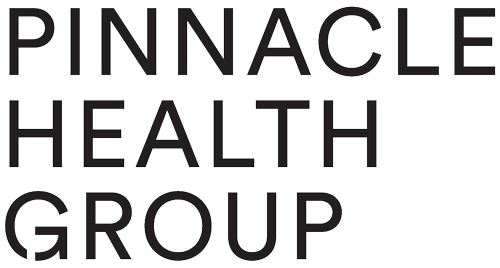More than ever, Melbournians are pounding the pavements and choosing running as their preferred form of exercise. Heading off for a run by the beach, park or local trail is now as recognisable a part of the Melbourne cultural psyche and routine as sipping a Latte on the tram into work.
The reasons for this are clear cut – running has the obvious benefits of increasing cardiovascular fitness, improving circulation, reducing stress, increasing bone density, lowering body fat percentage, and reducing the risk of lifestyle diseases like stroke and heart attack.
It is one of the most practical, time-efficient forms of exercise; is easily accessible, inexpensive, and caters to all levels of ability or fitness.
When commencing running, or returning from a prolonged break, many of us will encounter musculoskeletal stress injuries that can slow progress, prevent improvement, or force us to stop running altogether – leading to frustration, disappointment and failure in reaching our fitness goals.
Of the many running-related injuries, the most commonly experienced are:
- Knee Pain: Patellofemoral syndrome, or “Runner’s Knee”, is characterised by pain under the kneecap (patella) and around the front of the knee. It affects as many as 1 in 4 people, and is caused by irritation of the patella and surrounding structures, including the Iliotibial Band on the outside of the knee, during running. Tightness in the Iliotibial Band is a major cause, as it pulls the patella outwards and leads to poor alignment.
- Shin Splints: Pain caused by overuse of the muscles down the front of the shin, which lift the foot, and control movement when the foot contracts to the ground. This can cause inflammation in the muscles, the surrounding sheath, and the bone to which it attaches. The pain may build up during running and will become more severe the longer you run.
- Achilles Tendinopathy: Pain due to small tears in the tendon above the heel that develops over time, becoming worn and damaged through overuse. Symptoms include tenderness between the calf and heel, possibly with mild swelling on the Achilles tendon, and pain and stiffness in the morning that improves with mild activity.
- Plantar Fasciitis: Characterised by damage and inflammation to the plantar fascia, the connective tissue on the sole of the foot forming the inner arch. Pain is usually felt at the attachment of the plantar fascia to the heel bone, caused by overstretching of the fascia due to overactivity, poor foot mechanics, or poor footwear.
The key to preventing such overuse injuries is to gradually ease into running, and listen to your body. Ensure that you warm up adequately, are wearing suitable footwear, progress your distance gradually and appropriately – and if you experience pain in any area, use the RICE principle (Rest, Ice, Compress and Elevate the leg for the first 48 hours).
These basics aside, all of the above running injuries occur due to repetitive strain on the structure involved, and in most cases, the causes of the repetitive strain can be identified and corrected to prevent reoccurrence.
As physiotherapists, we will often tell patients that whilst the painful area can be quite small and very specific, the problem is usually being caused by issues above or below in the movement chain, leading to poor biomechanics, and increasing the stress on the specific area.
These issues include:
- Inadequate core stability
- Muscular imbalance around the hips, gluteals, and thighs
- Overactive or tight structures of the lower limb
- Poor flexibility
- Over-pronation of the feet (flat feet)
- Inappropriate footwear (lacking arch support)
When you book an appointment with a Physiotherapist, they will address these factors by closely analysing your gait and running mechanics, and establish the postural causes to your impairment. Through treating these causes, and providing specific exercises to improve and maintain alignment, a gradual return to running can take place.
So whether you’re setting your sights on a brisk event like the Bolte Bolt, training at dawn in preparation for the Melbourne Marathon, or a weekend plodder at your local track, remember that considering these important aspects may be the difference between frustration and elation with every step.
